Harder, better, stronger: watch cases that go beyond steel and gold
Wrap something different around your wrist: these new alloys and materials are making watches tougher than ever.
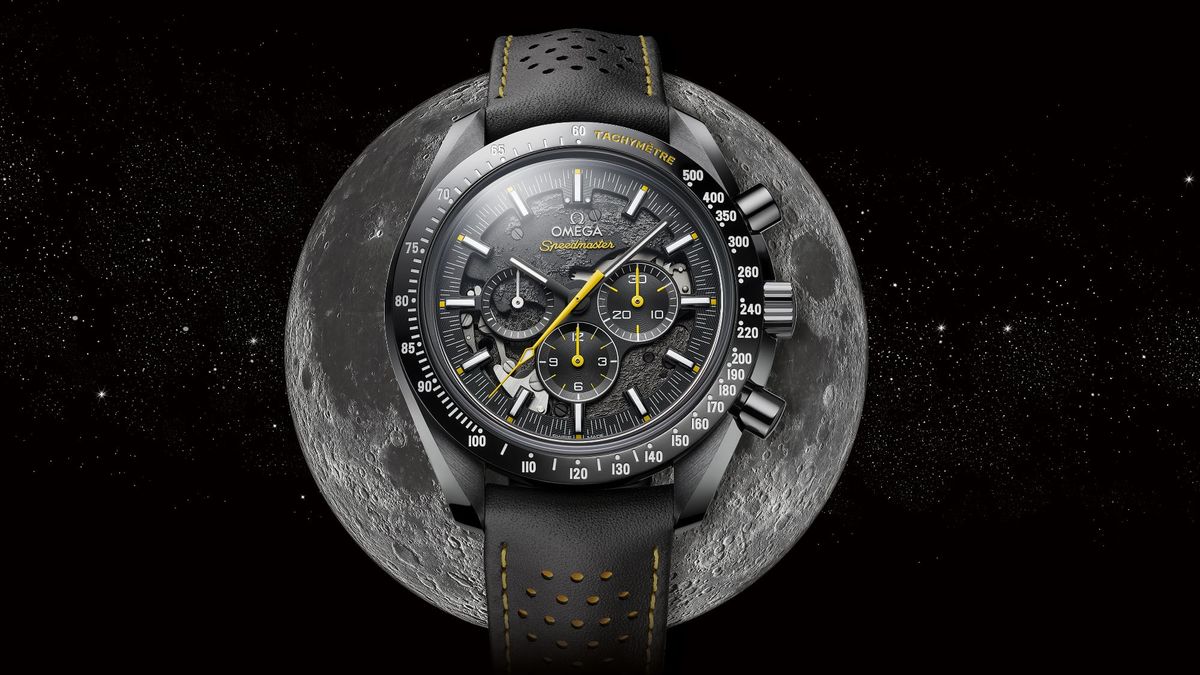
Ask someone off the street about the materials watch cases are made from, I'm willing to bet you'll get one of three answers: steel, gold or, at the more accessible end of town, plastic.
And while none of these answers is wrong, they don't capture the quiet revolution that that's happening in the R&D departments of Swiss watch brands, where materials are being used that wouldn't be out of place in the production facilities of Boeing or Lockheed.
Forged carbon, PEEK Polymers, synthetic sapphire and tantalum are just some of the more exotic materials that you might find.
Other alternatives such as titanium, bronze, ceramic and treated steel are also becoming more common options. Here's what you need to know.
Bronze
Why it works: There's nothing particularly high-tech about bronze, in fact, the metal has been in use for the last 4000-odd years.
And while there's no single 'recipe' for bronze, watchmakers tend towards alloys heavy in copper and aluminium, or copper and nickel. As to why it works on watch cases? There are three main reasons.
Firstly, from a metallurgical point of view, bronze is quite tough and corrosion-resistant (which is why it's so commonly seen in marine environments).
The next two reasons are more aesthetic. Most obviously, bronze offers a look and lustre much like rosy gold, but at a fraction of the price; and, somewhat uniquely, bronze will develop a patina over time.
Depending on the makeup of the alloy, a bronze watch case will lose its bright shine and take on a worn, browny-greeny-gold appearance that evokes a bygone world of sunken treasure, which, it turns out, works well on watches.
Who does it well : Bronze watch cases have exploded in popularity in the last decade, with nautical brands like Panerai being early adopters of the material.
The real drawcard for watch designers is the fact that the metal develops unique oxidisation, which has lead to it being prevalent in romantically retro dive watches, like this Rado Captan Cook Automatic Bronze ($4,025), based on a 1962 design.
Titanium
Why it works: Titanium is an exceptionally strong and tough alloy. This, along with its light weight, makes it exceptionally important in the aerospace industry, where it is most commonly found.
The light weight, along with the high-tech association and the matt grey look of the metal is what makes it work well on watch cases.
Who does it well: While you might find a titanium dress watch every so often, titanium is mostly used for sporty, action-oriented watches, like the technical Pelagos from Tudor ($6,250).
On these sort of large pieces, the lower weight (about half the weight of steel) offsets the bulk. Titanium also offers greater thermo-conductivity than traditional steel but is harder to refinish and can be more prone to scratches.
Ceramic
Why it works: Ceramic is one of the most important watch materials of the modern era, and for good reason. Don't confuse these sorts of high-tech ceramic with your Nan's good china: engineered ceramic comes down to materials that are inorganic, nonmetallic and solid.
It's an incredibly versatile material that is formed through moulding and heating, which can be treated to achieve different colours, finishes and can even take metallic coatings.
The strengths of ceramic include light weight and hypoallergenic nature, but the main drawcard is its incredible wear resistance and colour permanence. A ceramic watch case or bezel insert will look as good as new after years and years of hard, regular use.
But with every pro comes a con or two, and in the case of ceramic it comes down to its complexity to work with (which adds to the cost), and its potentially brittle nature.
Yes, ceramic is a tough material, but it's also structurally more brittle than metal. If you drop any watch onto a concrete floor from few feet up the results aren't going to be pretty – but with a ceramic watch, you might well need a new case.
Who does it well: Many brands have started incorporating ceramic into their watch designs, either in the form of dials or bezel inserts or cases: even Apple has ceramic options. One area where ceramic shines (or rather doesn't) is with fully black watches like Omega's Speedmaster 'Dark Side of the Moon' Apollo 8 limited edition ($14,850).
Black watches have been around for a while but are traditionally prone to the black coating being scratched or worn off. That's not an issue with ceramic, as the material is virtually scratch-proof and black all the way through.
Coated steel
Why it works: Finally, we come to the somewhat amorphous category of coated steel.
While it can be used to describe the sort of electro or ion-plating that results in a thin layer of precious metal over a steel case, I'm talking about treatments that alter the properties, rather than the look, of the base metal.
These are called different things by different manufacturers, but they all work to increase the hardness, and therefore scratch-resistance of steel.
It's worth noting that modern physical vapour deposition treatments, which adds a thin coating of ceramic or diamond-like carbon offer extra-hardness and a colour coating (like the Bremont on the left, below).
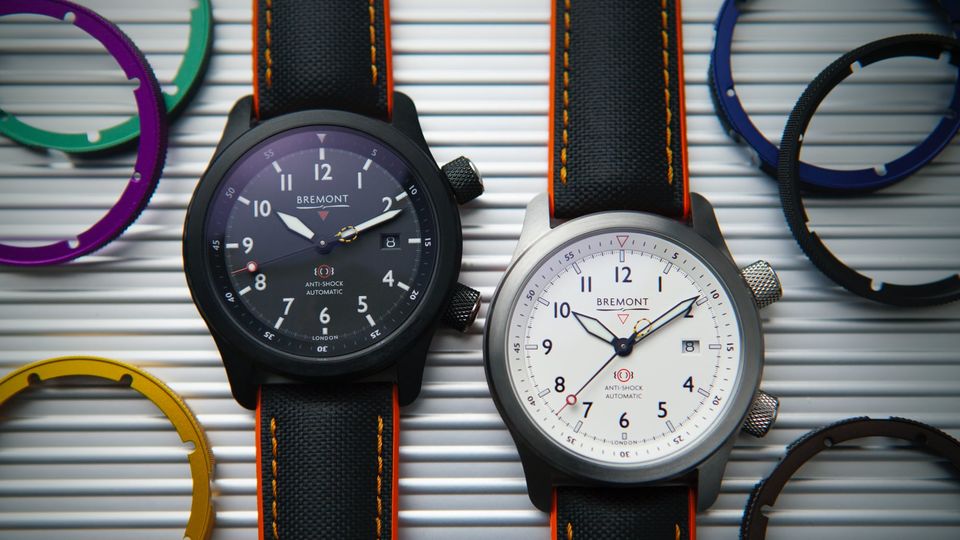
Who does it well: There are a few brands who routinely treat steel in this way – Sinn uses a technology employed on German submarines, and Bremont, uses a process that consists of a string of numbers and letters that only makes sense to chemical engineers.
The results are often worth it though, with a watch that looks, feels and wears like steel, but can handle some pretty hard knocks without a scratch. It might not be as scratch-resistant as ceramic or as light as titanium, but this sort of treatment offers a solid middle ground.
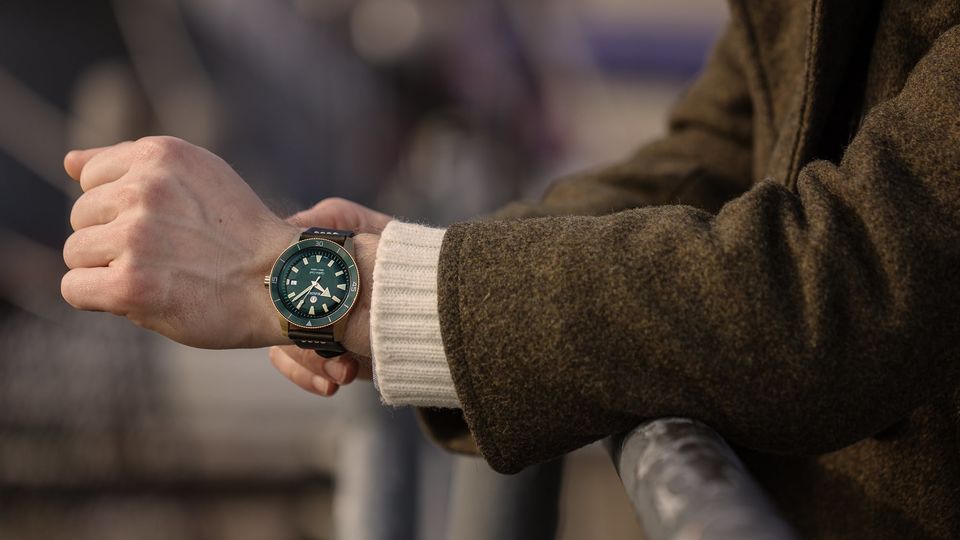
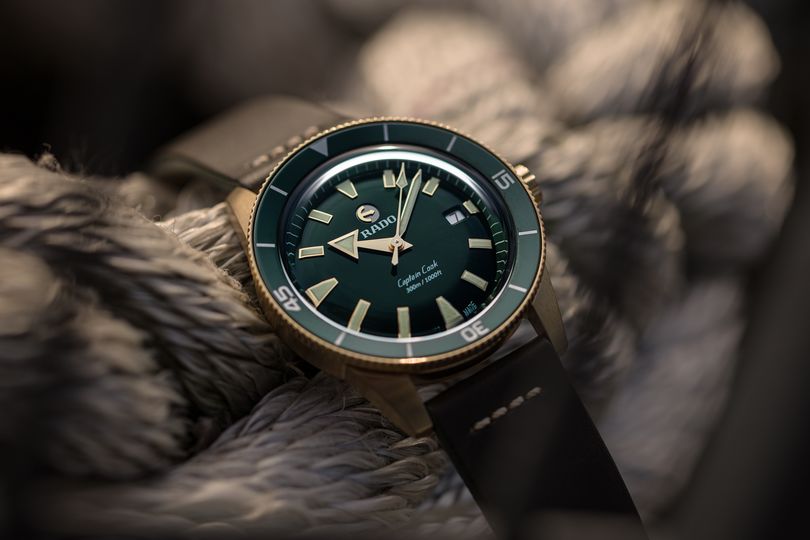
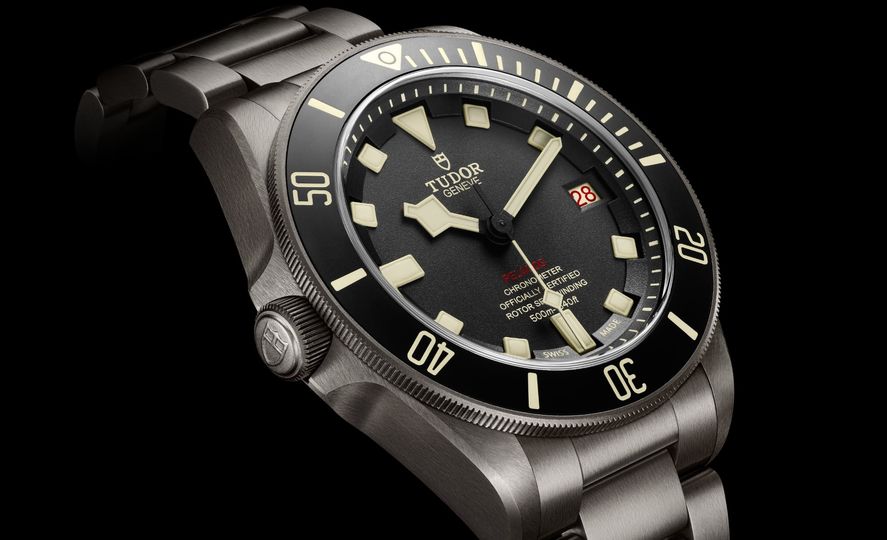
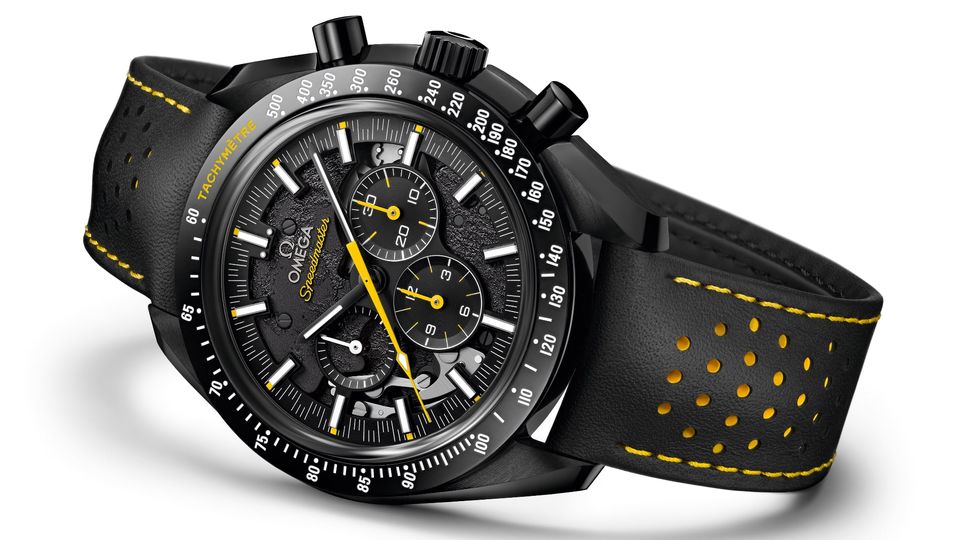

12 Dec 2018
Total posts 20
That Omega really looks the biz.
Hi Guest, join in the discussion on Harder, better, stronger: watch cases that go beyond steel and gold